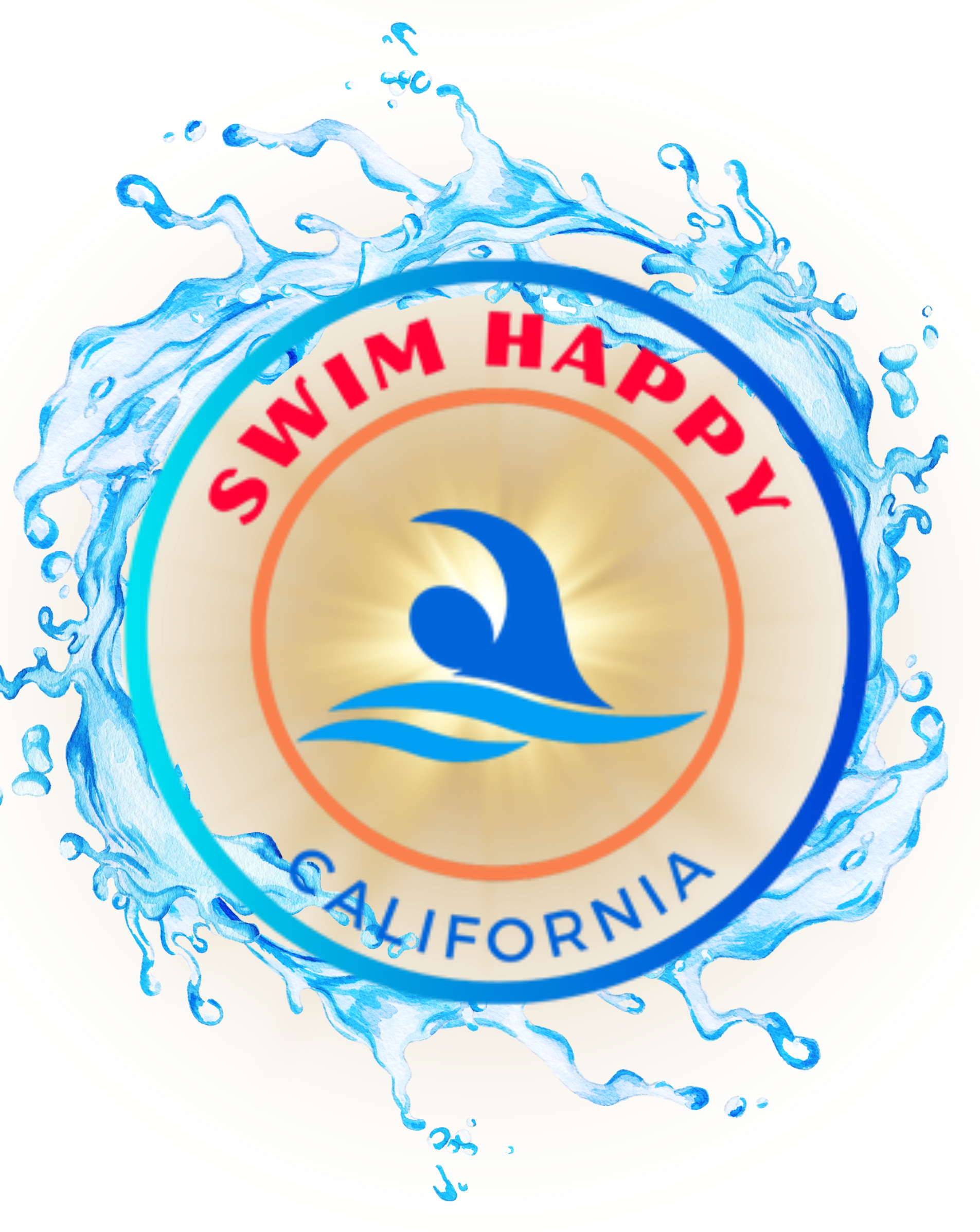True Water Balance is not done with test strips
Saturation Index takes into account pH and other factors such as Temperature, Calcium Hardness, Alkalinity and Total Deposit Solids
True Water Balance is done digitally
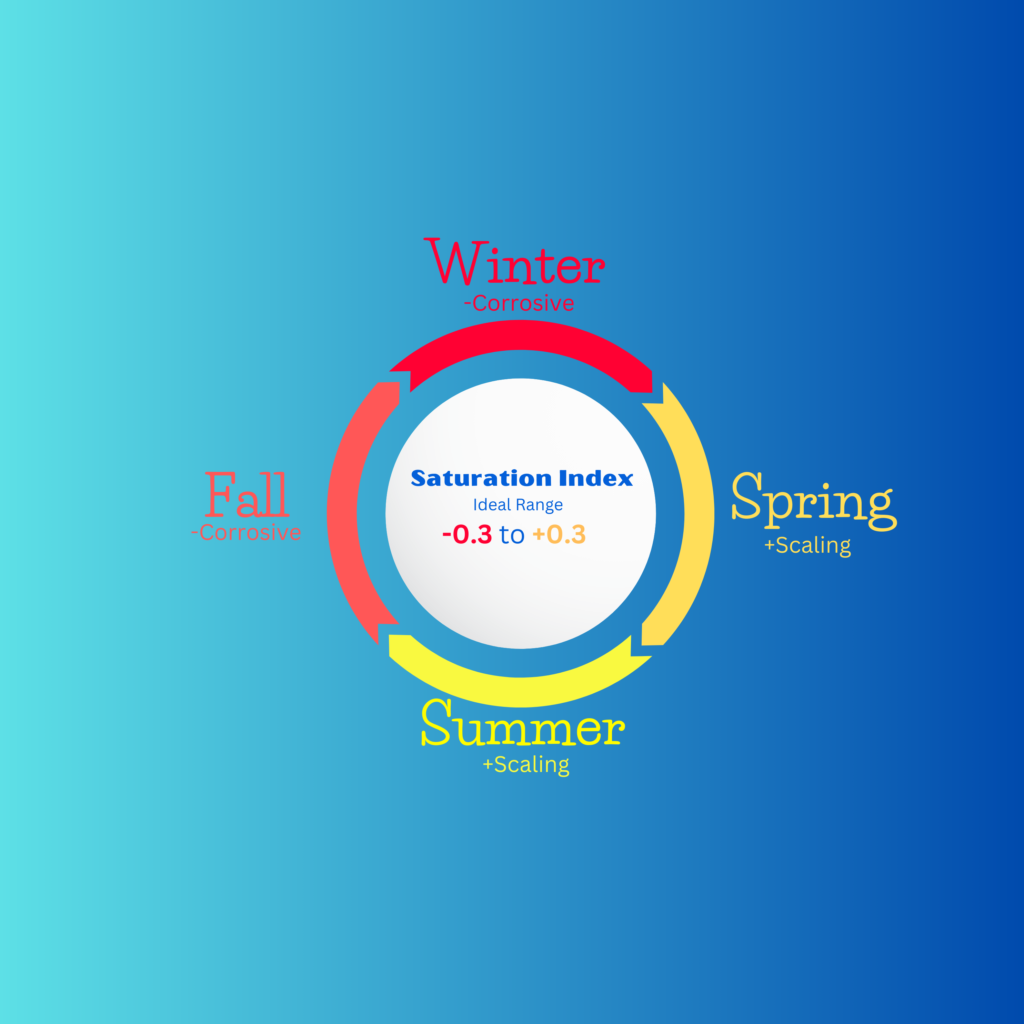
The water’s behavior is mainly influenced by temperature and pH, however other factors cannot be ignored. Equilibrium is Key!
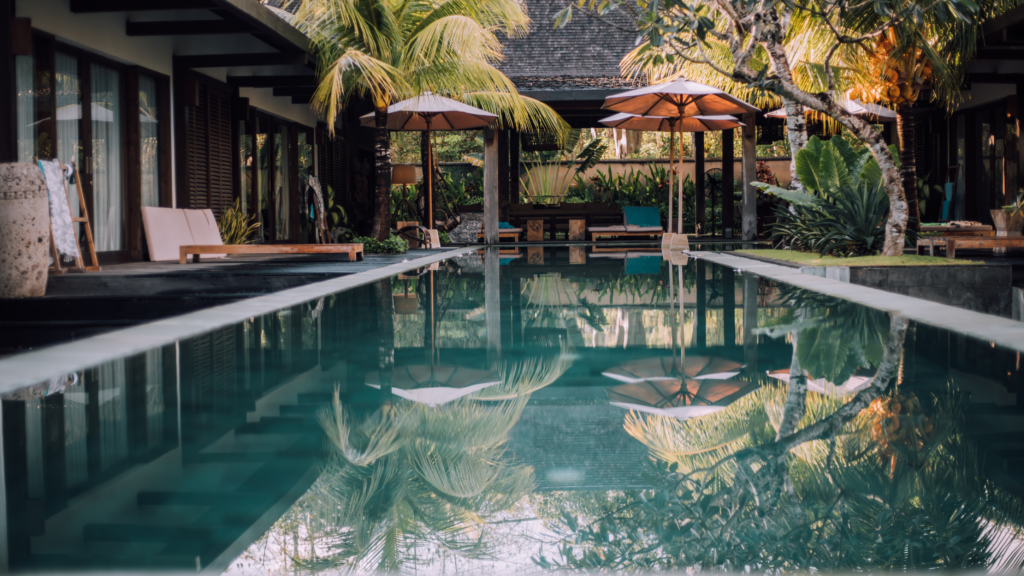
Low temperatures tend to make the water corrosive and higher temperatures tend to make the water scaling. To reach optimal water balance year-round consider the following tips:
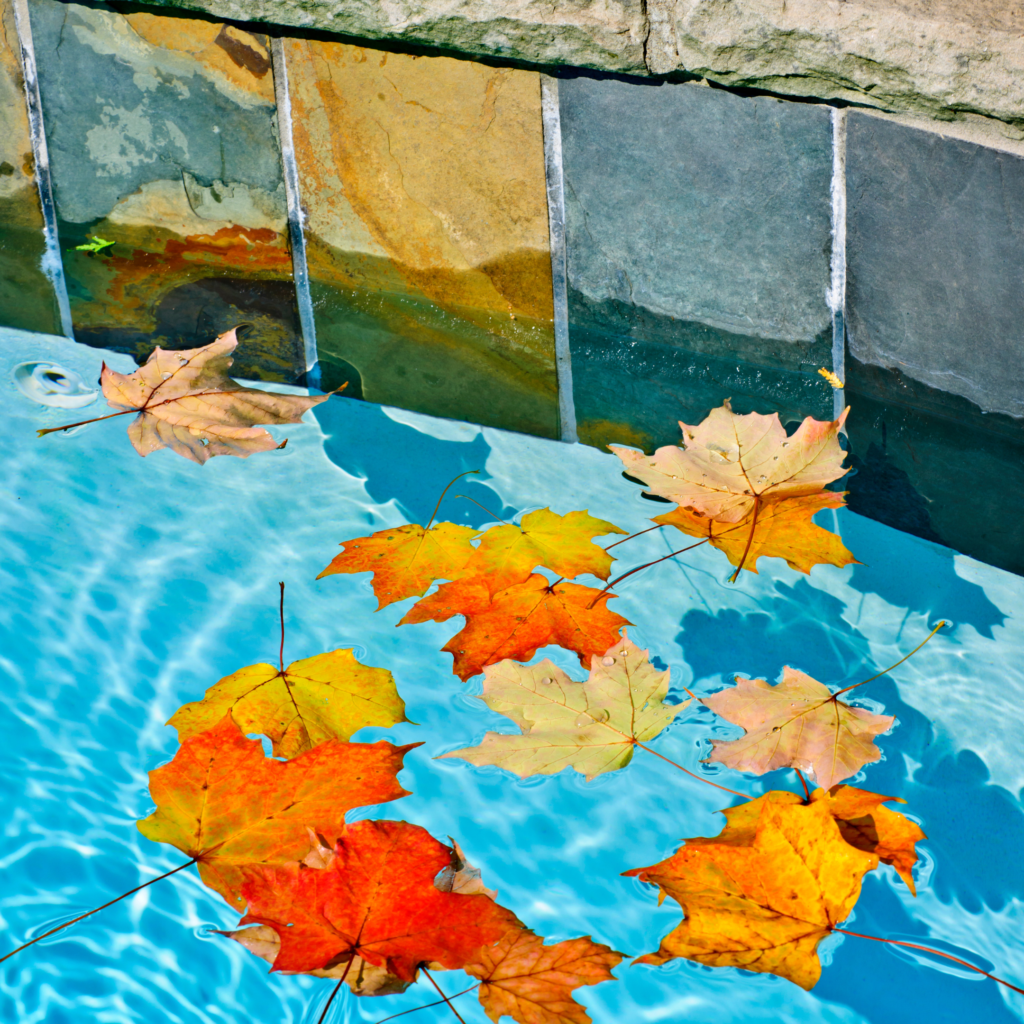
In the fall, as temperatures tend to slightly drop, your alkalinity and calcium hardness need to be in the mid-high-end of the ideal ranges respectively. Keep pH on the high-end close to 7.8 using soda ash or by naturally aerating the water running your bubblers or water fountains
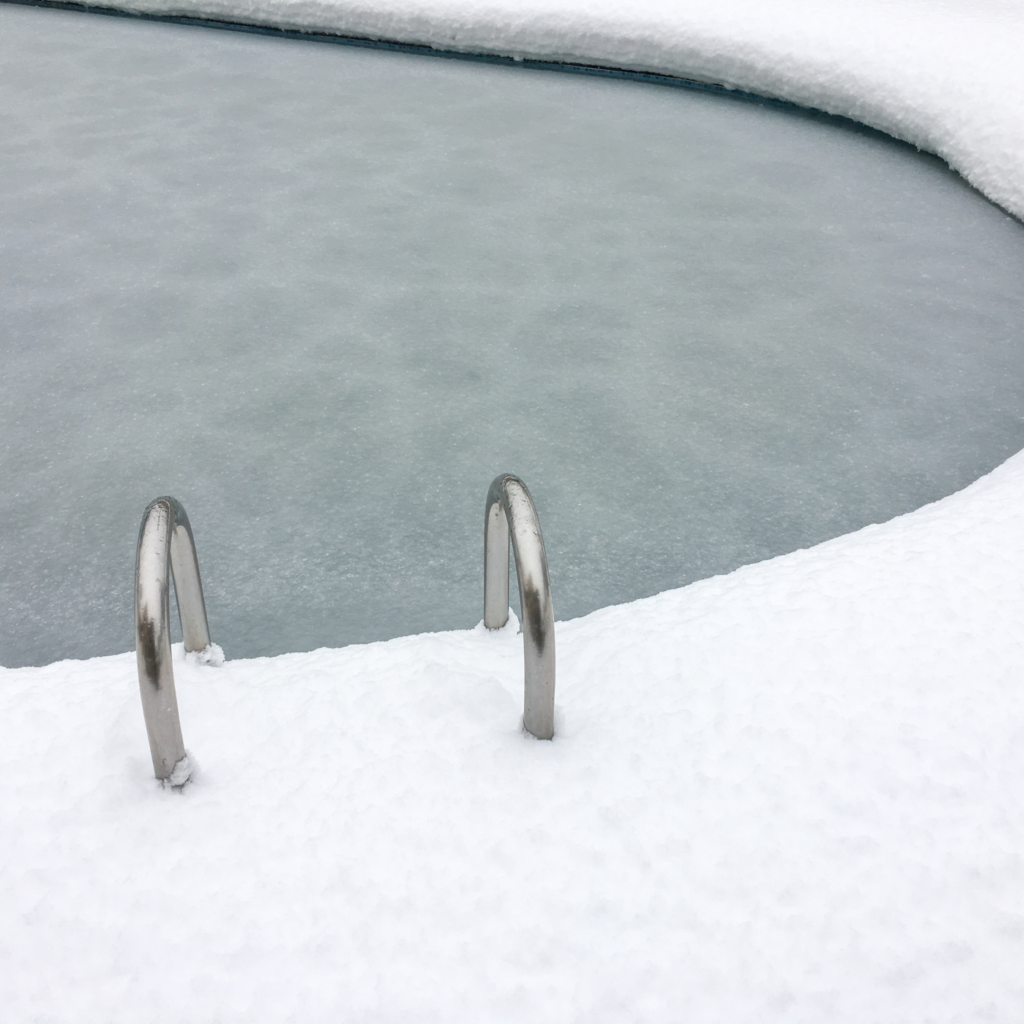
As the water temperature starts to considerably drop and the water gets significantly corrosive; using sodium bicarbonate and calcium chloride will pull the water to the positive side and away from corrosion. Aeration is also an alternative to naturally raising pH and alkalinity by the release of carbon dioxide trapped in the water
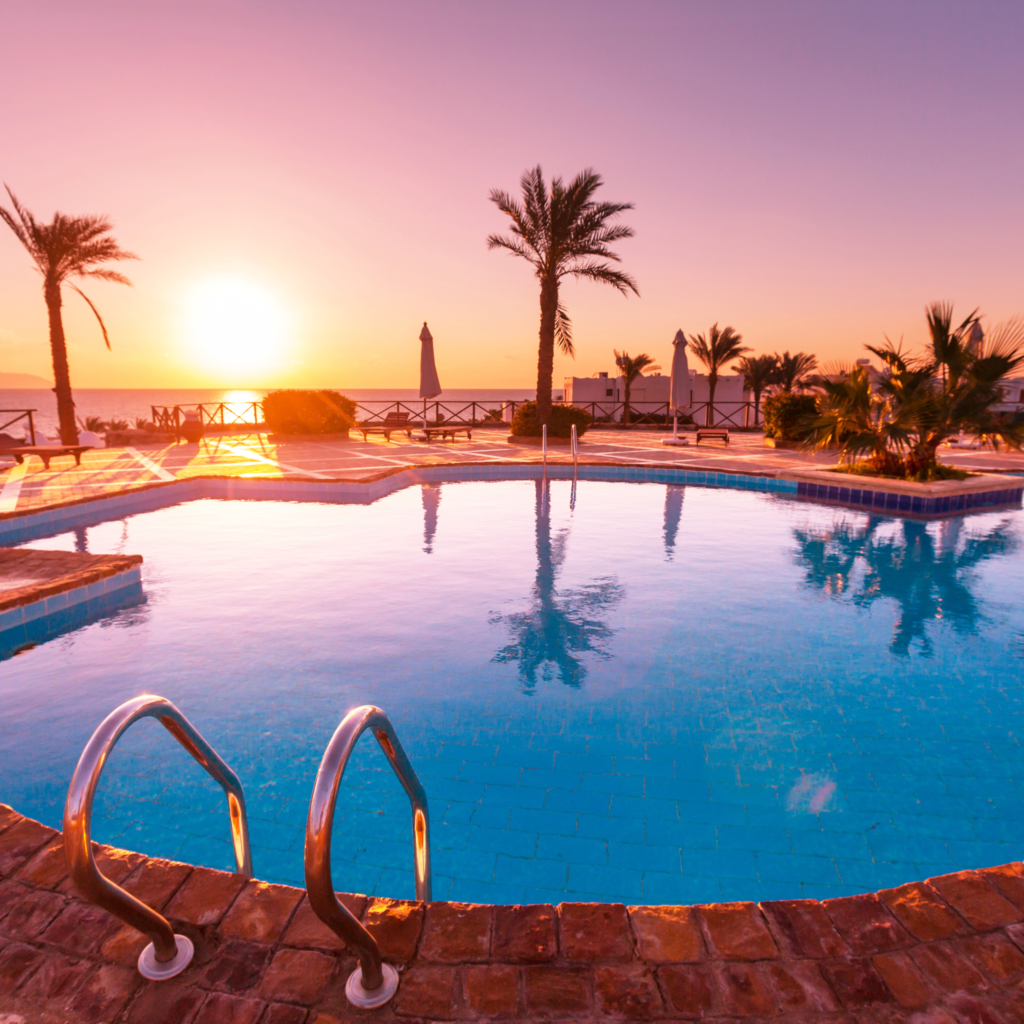
As the temperature starts to rise and pH starts bouncing out of control using muriatic acid or sodium bisulfate will pull the saturation to the left side of the balance. Also, draining water out to remove calcium is recommended to avoid scaling water and avoid calcium carbonate build-up. A pH between 7.2 and 7.5 is recommended (as an added benefit, chlorine is more efficient with a lower pH)
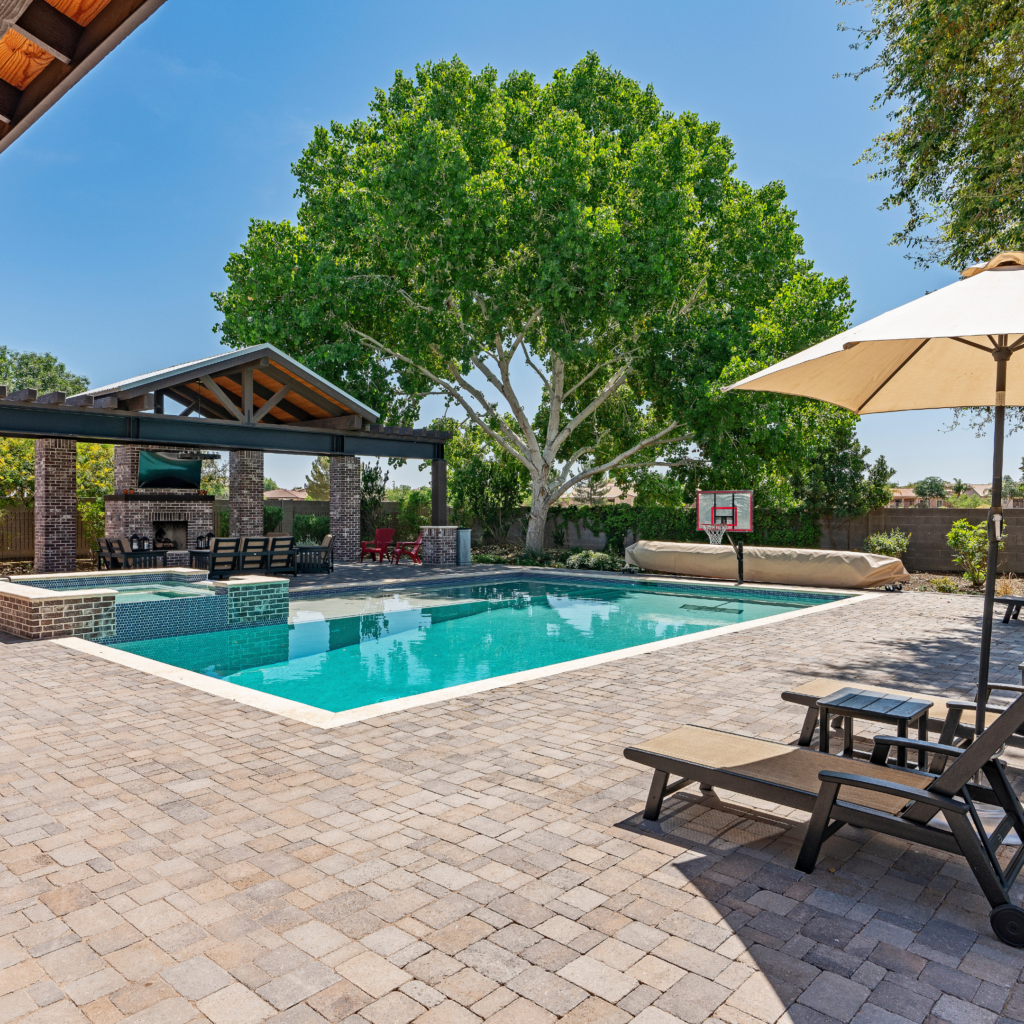
Higher temperatures mean high pH and a domino effect of scaling water such as high alkalinity and calcium hardness. Pulling to the left with pH decreasers and avoiding calcium by-products should keep the water in proper balance. Try locking pH at 7.5 with high alkalinity, however if this is done keep calcium hardness close to 200ppm
Corrosive vs. Scaling
In the Saturation Index negative means corrosive & positive means scaling
The most accurate way to read the Saturation Index is by using electronic devices specifically designed for water analysis. They provide precise readings and eliminate the room for human error such as water test strips or colorimetric methods.


Range Chemistry
Range Chemistry serves as a base but it does not tell you the full story and using water test strips is merely a guess, not even close to an approximation. Digital water testing is a must to properly balance water
Saturation Index
Saturation Index on the contrary; accounts for Actual pH, Temperature Factor, Calcium Hardness Factor, Total Alkalinity Factor and TDS Factor to give you a precise result
Consistent Water Balance
